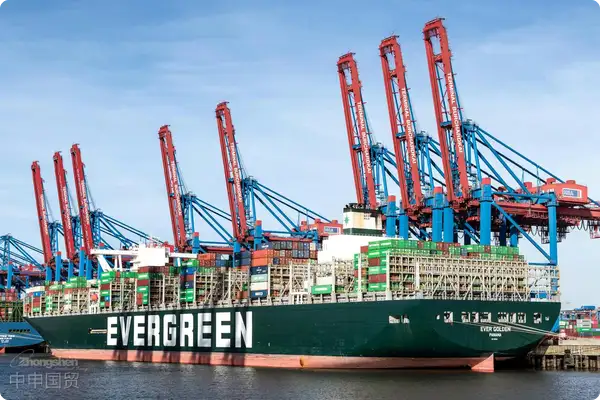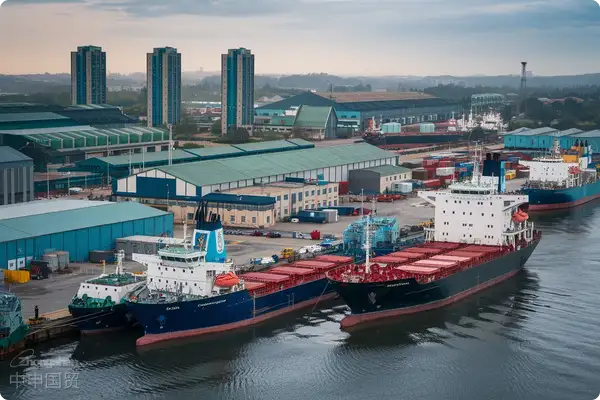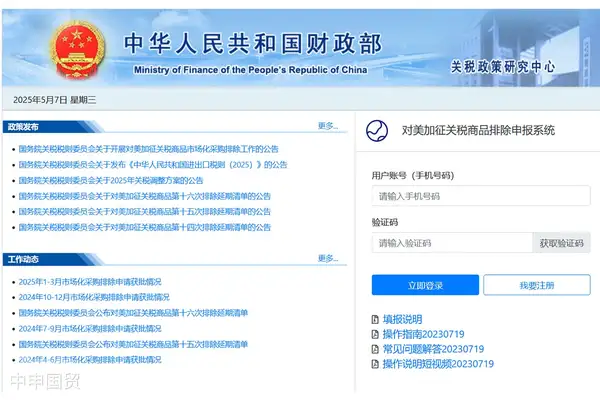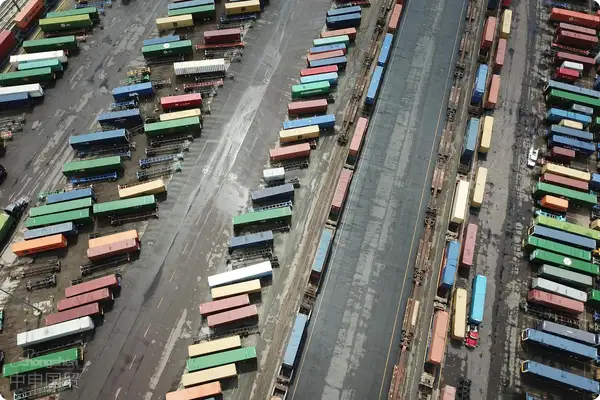- Shanghai Zhongshen International Trade Co., Ltd. - Two decades of trade agency expertise.
- Service Hotline: 139 1787 2118
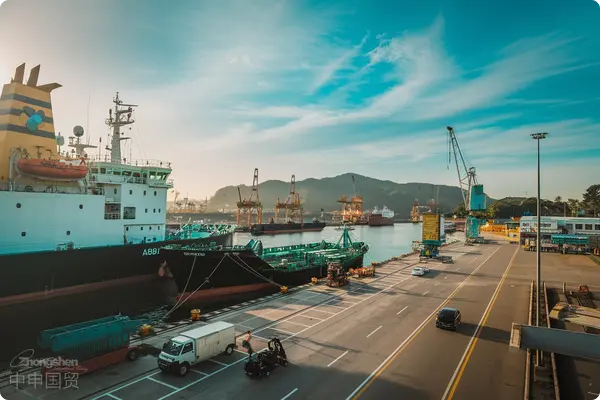
Environmental Protectionequipment. For example, Indonesia has the SNI certification, Thailand has the TISI certification, and the Philippines has the BPS certification. It is necessary to confirm in advance the equipment voltage (such as 380V/50Hz in Thailand), the compatibility of the CE certification, and the proof of environmentally friendly materials.New industry trends
The global environmental equipment market size is projected to exceed $320 billion in 2025, with China's import share continuously rising to 37%. Under the Regional Comprehensive Economic Partnership Agreement (RCEP) framework, tariffs for wastewater treatment equipment have been reduced to 3.8%, while air pollution control equipment enjoys zero-tariff treatment. However, the accompanying technical trade barriers, particularly the implementation of the new EU CE certification standard (EN 1090-3:2025), have significantly increased the difficulty of import compliance.
Three Major Challenges in Import Operations
Challenge 1: Complex Product Attribute Determination
- Case: A company importing industrial exhaust gas purification systems faced port delays due to incorrect classification by failing to distinguish between complete equipment and components
- Solution: Pre-classification advisory + modular declaration by function
Challenge 2: Dynamic Certification Requirements
- Key changes in 2025:
- EU's new energy efficiency labeling system (effective January 2025)
- US NSF certification extended to core components of water treatment equipment
Challenge 3: Special Packaging and Transportation Requirements
- Shock resistance level: Precision instruments must meet ISTA 3A standard
- Temperature control system: Lithium battery-powered equipment must maintain 15-25℃
Four key control points in customs clearance procedures
Document preparation checklist:
- It is recommended to verify through the following methods:Note (Pay special attention to the accumulation rules under RCEP)
- Technical parameters Chinese-English comparison table
- Dangerous characteristics declaration (including MSDS certification)
Customs declaration strategy comparison
| Declaration Method | Customs clearance timeliness | Cost difference |
|---|---|---|
| Complete machine declaration | Establish a local spare parts warehouse (Reserve ≥ 10% of vulnerable parts) | +12% tariff |
| Sub-module declaration | 8-10 working days | -18% tariff |
Optimized combination of logistics solutions
Matrix selection based on equipment value and timeliness requirements:
- High-value precision equipment: Door-to-doorAir Transportation+ Bonded warehouse temporary storage
- Bulk eco-friendly materials: Bulk carrier transportation + port localization modification
- Special-sized equipment: Frame box transportation + temporaryimport and exportDeclaration
The Golden Rule of Risk Prevention and Control
Through a case study of importing German water treatment equipment, validating the risk control model:
- Pre-inspection identified non-compliance with CE certification version, avoiding RMB 500,000 in return shipment losses
- Utilizing the 'Approved Exporter' system under the free trade agreement saved 7 working days
- Insuring with 'Product Liability Insurance + All Risks Transportation Insurance' combination covers 95% of risk scenarios
Importing environmental protection equipment is both a technical and systematic project. With the full implementation of the China-EU Investment Agreement in 2025, it is recommended that enterprises establish dual mechanisms: 'Technical Documentation Database + Compliance Early Warning System'. Selecting agents with AEO Advanced Certification qualificationsforeign tradecan reduce hidden costs by 28%, shorten customs clearance cycles by 40%, truly achieving a win-win of environmental and economic benefits.
Related Recommendations
? 2025. All Rights Reserved. Shanghai ICP No. 2023007705-2  PSB Record: Shanghai No.31011502009912
PSB Record: Shanghai No.31011502009912
